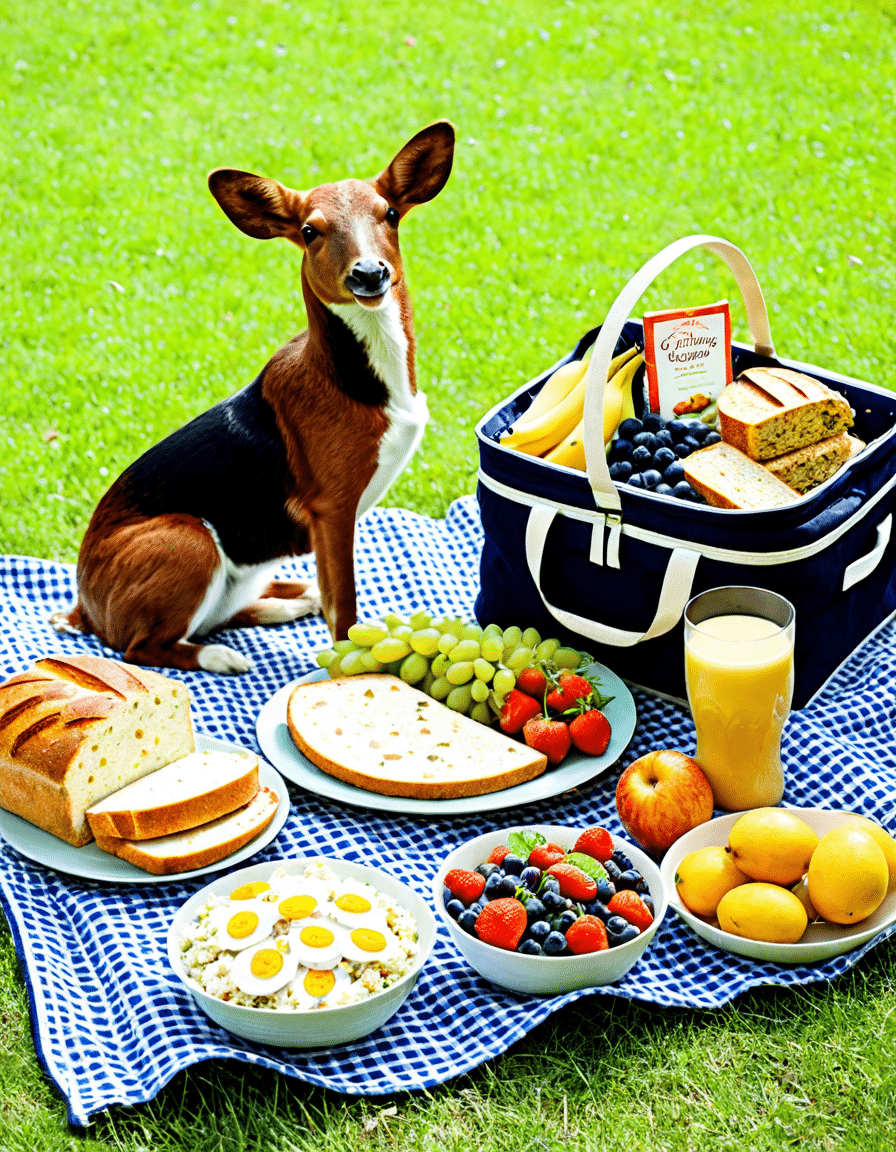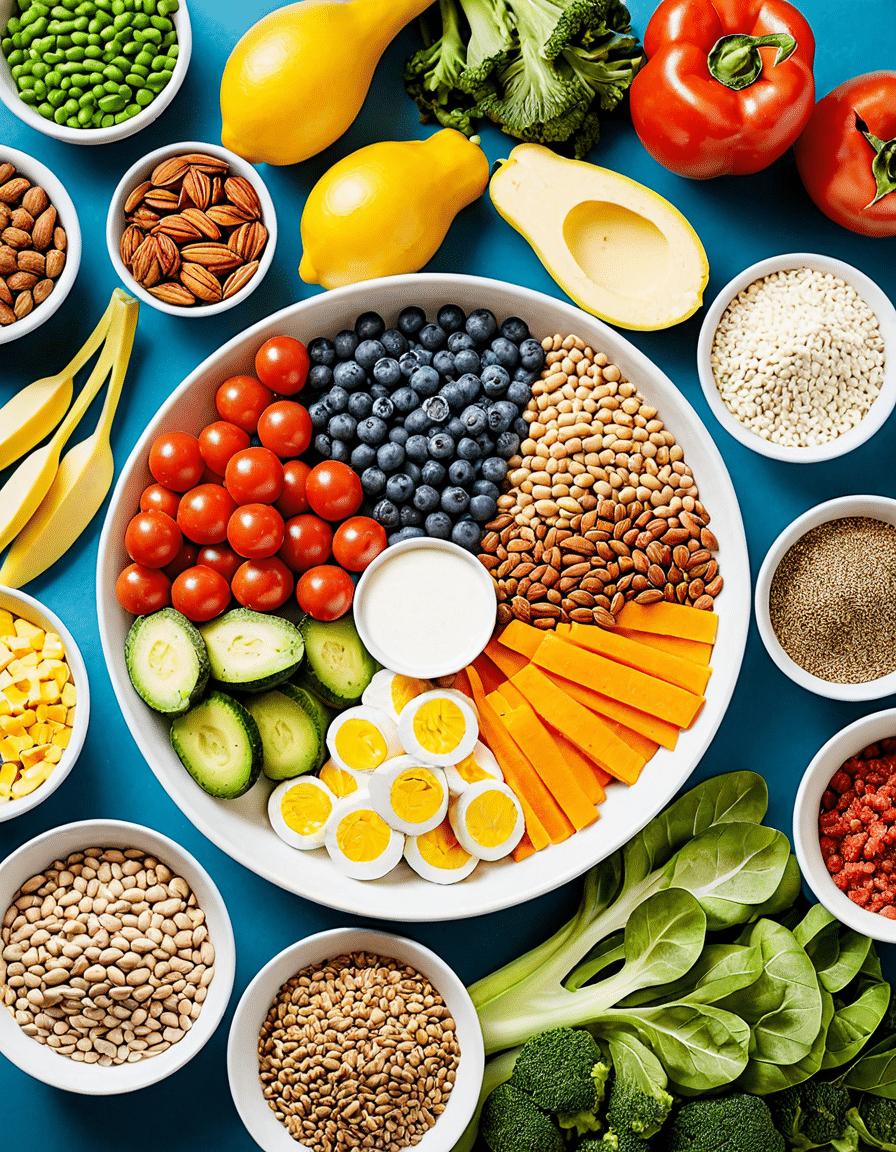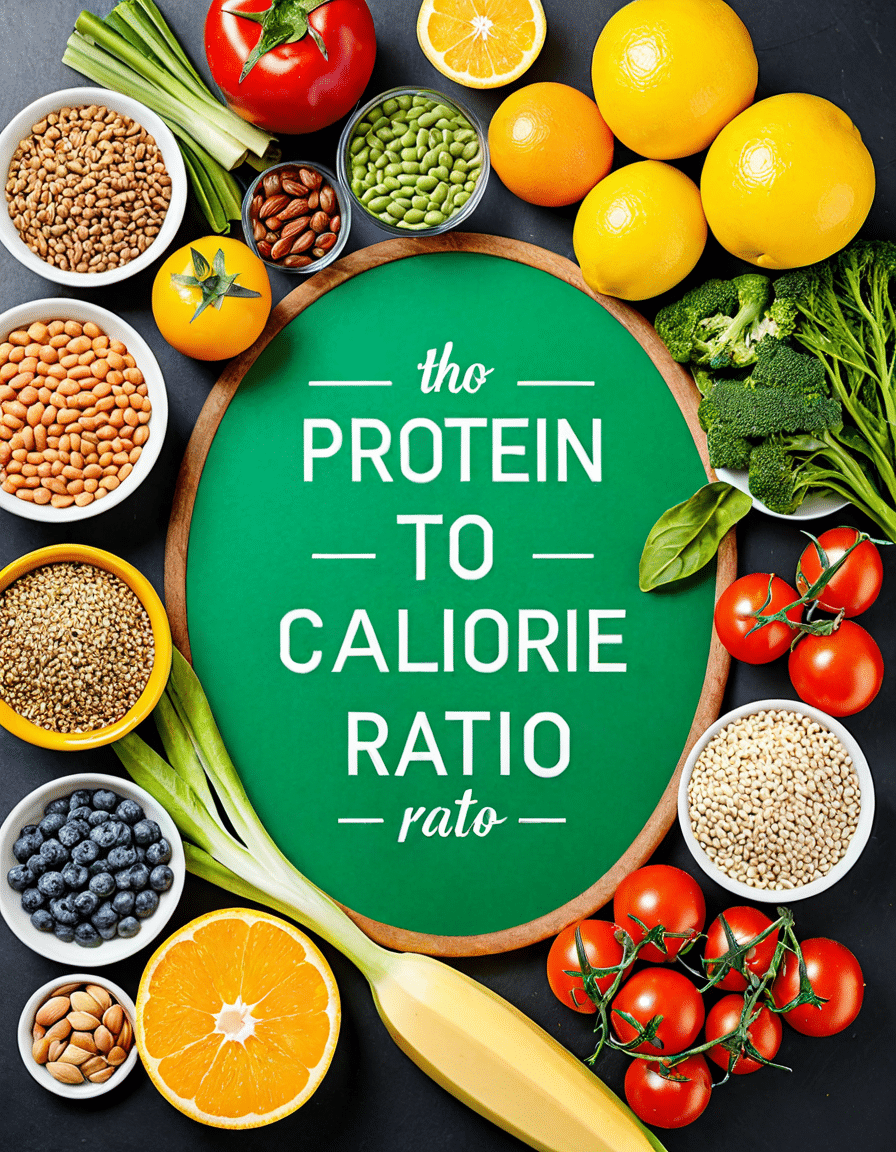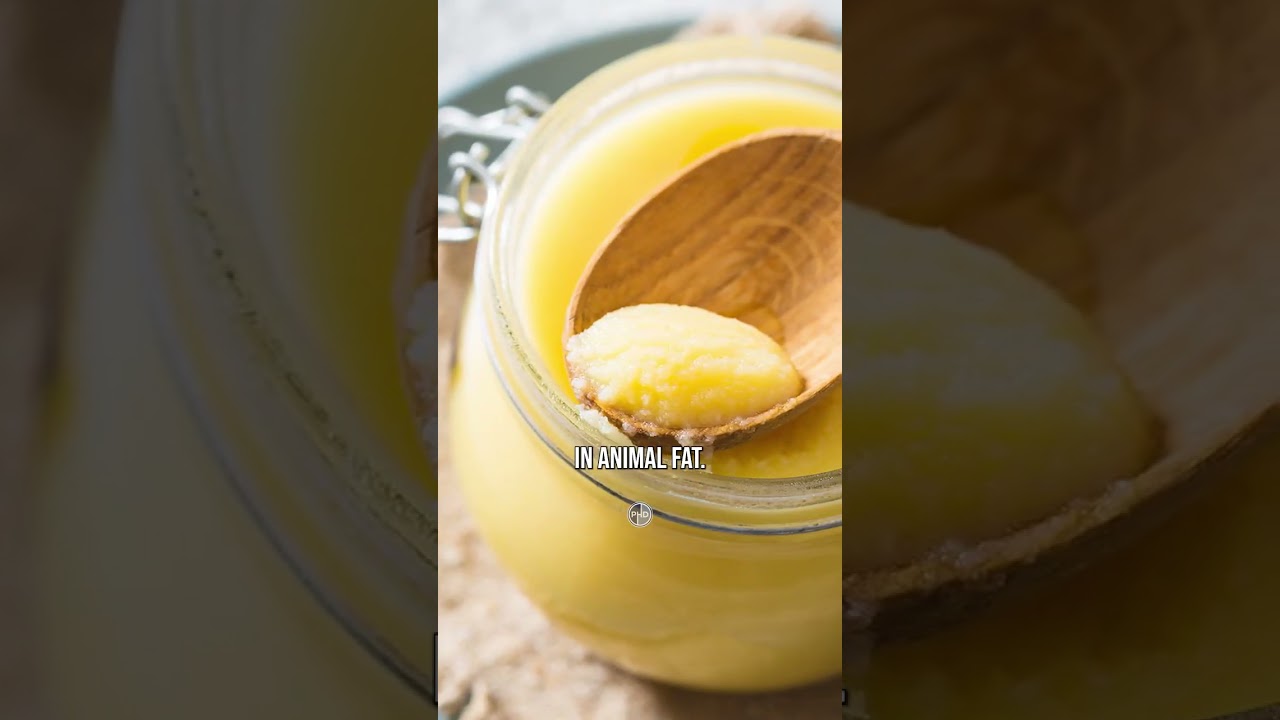When it comes to your pet’s nutrition, one essential aspect to keep in mind is the protein to calorie ratio. This ratio is a crucial metric that helps determine how much protein is packed into a certain amount of calories in pet food. Getting this balance right is key for maintaining a healthy weight, supporting muscle growth, and ensuring overall well-being for your furry friends. As any pet owner knows, a higher protein to calorie ratio can be beneficial—especially for active dogs and cats—which means selecting the right food can be a game-changer.
In a nutshell, the protein to calorie ratio varies for every pet. Active pets, such as those who run, play, and explore often, usually require more protein than their couch potato counterparts. Taking the time to understand your pet’s specific dietary needs will lead you to select the most suitable food. After all, knowledge is power when it comes to making the best choices for your four-legged companion, and anyone looking to provide the best for their pets should pay attention to this essential metric.
Top 7 Best Protein to Calorie Ratio Pet Foods for Optimal Wellness
Selecting a food with the right protein to calorie ratio can feel overwhelming, but don’t worry! Here are some of the best options available on the market today, tailored for a variety of pets and preferences:
This grain-free formula offers wholesome ingredients, making it perfect for active dogs requiring energy support.
Packed with turkey, chicken, and fish meals, this dog food promotes building and maintaining lean muscle mass.
Customized for indoor cats, this food ensures enough protein for muscle health while keeping calorie counts lower for less active felines.
A prescription food designed to promote urinary health, this special blend is crucial for pets with unique dietary needs.
Combining high-quality raw protein pieces with kibble, this high-calorie dog food is excellent for active dogs craving nutrient-dense meals.
These freeze-dried raw mixers amp up the protein in traditional kibble, giving pets the nutritious boost they need.
Ideal for picky eaters, this low-calorie pate option not only hums with flavor but also delivers the protein without excess calories.

Low Calorie Options: Finding Balance
If weight management is your concern, especially for dogs and cats prone to obesity, low-calorie diets become essential. Foods like Hill’s Science Diet Metabolic and Purina Pro Plan Weight Management allow you to maintain high protein content while keeping calorie counts in check. These options mean your beloved pets get plenty of nutrients without accumulating unnecessary fat.
It’s important to understand that while some pets might benefit from low-fat dog food for pancreatitis, others simply require a well-balanced low-calorie approach. By choosing options that combine low calories with high protein, you can help your pets shed extra weight while ensuring they stay satisfied and energized.
Special Considerations: Peanut Butter and Acid Reflux
You might be tempted to give your dog a delightful taste of peanut butter. It’s a popular treat! However, if your pet suffers from digestive issues like acid reflux, you need to proceed with caution. Many peanut butter brands contain added sugars and salts, which can worsen symptoms for sensitive stomachs.
Your best bet is to choose natural, unsweetened varieties. This way, your pets can enjoy their peanut butter treats while still adhering to a proper protein to calorie ratio without contributing to any upset tummies.

Navigating Caloric Needs: 1000 Calories a Day Dog Food
Have you ever found yourself needing to adjust your dog’s calorie intake, perhaps aiming for around 1000 calories a day? If you’ve got a pup who needs to manage their weight or maintain energy levels, consider foods like Canidae Pure Limited Ingredient Premium Dry Dog Food. These options provide concentrated nutrition packed with high protein, allowing you to meet specific caloric targets without skimping on essential nutrients.
For those with dogs that frequently exercise or grow, controlling caloric intake is key for health and longevity. A tailored food choice can provide the necessary fuel while monitoring overall weight.
High Calorie Foods for Thriving Pets
For puppies, active adult dogs, or highly engaged sporting dogs, a high-calorie diet is most beneficial. It’s crucial to seek foods with an impressive protein to calorie ratio. For instance, Taste of the Wild High Prairie Canine Recipe is full of rich proteins and calorie-dense ingredients, making it a fantastic choice for promoting muscle growth and vitality.
A high-calorie pet food shouldn’t sacrifice quality for quantity. Focus on what truly nourishes and supports your pet’s vibrant lifestyle.
Gluten-Free and Sensitive Stomach Options
If your pet has food allergies or a sensitive stomach, gluten-free dog food is essential. Brands such as Nature’s Logic Canine Chicken Meal deliver necessary nutrition while championing gluten-free principles. These options maintain good protein to calorie ratios, allowing sensitive pets to thrive without sacrificing digestion or flavor.
By ensuring your pet receives the right nutrition in a format that caters to their sensitivities, you can help them lead a comfortable, happy life.
Wrapping Up: Making Informed Dietary Choices for Your Pet
Knowing the protein to calorie ratio is critical for optimizing your pet’s diet. By exploring various food options that cater to your pet’s distinct needs, you can bolster their health and happiness. Whether you’re juggling weight management, addressing allergies, or simply enhancing wellness, being informed will ultimately make a world of difference in your pets’ lives.
And remember, before making any significant dietary changes, always consult with your veterinarian to ensure your decisions align seamlessly with your pet’s health requirements. A well-informed owner is one step closer to having a thriving, active pet.
Protein to Calorie Ratio: Fun Trivia and Interesting Facts
What’s in a Ratio?
Did you know that the protein to calorie ratio can be a hidden gem for pet wellness? It’s kind of like how a red and white setter balances energy and nutrition—each component plays a role in keeping your furry friend lively and healthy! For instance, optimal protein intake helps dogs build muscle and recover from exercise, just like how athletes (think Floyd Mayweather Jr.) prioritize their nutrition to stay on top of their game. The right ratio helps ensure your pet’s energy levels are high without excessive caloric intake, making calorie counting a breeze!
Shedding Light on Nutrition
Speaking of dietary needs, ever wondered do Australian Shepherds shed more when their diet isn’t on point? Well, a poor protein to calorie ratio can lead to issues not just with weight but also coat health. It’s all connected! For instance, feeding a diet rich in protein relative to calories can prevent excessive shedding and keep your pup’s coat shiny and healthy. If only it were as simple as picking wedding bouquets but alas, pet care requires a bit more nuance!
Metabolic Marvels
Here’s a fun tidbit: some plant-based sources of protein can actually help maintain your pet’s weight due to their lower calorie counts! If you’ve got concerns about feeding your pets certain medications, you might want to check out options like diatomite for dogs to help with digestion. Just think of it as adding a dash of seasoning to their meals; it makes a big difference! By being conscious of the protein to calorie ratio, you’re not just providing food, you’re enhancing their overall health—similar to the narrative of Chis Sweet Home, where every detail matters for the beloved cast!
In the wild environment where pets thrive, their nutritional needs can be multifaceted. That’s why understanding the protein to calorie ratio gives you an edge in optimizing your pet’s diet. So the next time you fill that bowl or pick up a bag, remember: balance is key for your pet’s ultimate well-being!






